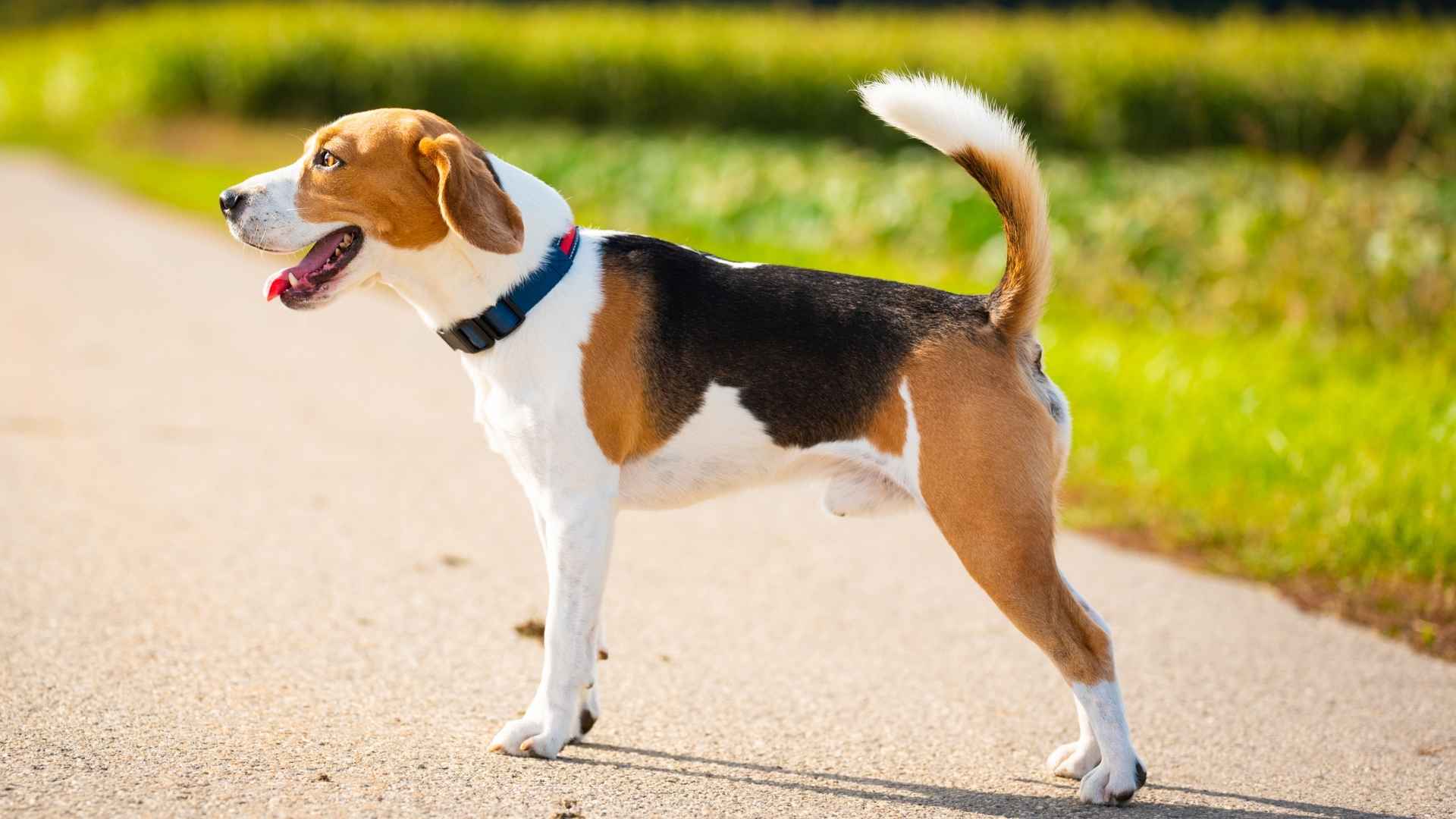Across neighborhoods everywhere, there are dogs who take their role as household sentinels seriously. When a delivery truck rolls into the driveway or an unfamiliar figure steps onto the porch, certain breeds respond instantly with sharp, alert barking.
These dogs were shaped by centuries of guarding homes, farms, and flocks, and those instincts remain as strong as ever. Their watchfulness is hardwired, their voices a warning and a reassurance at the same time.
Whether they were bred to protect livestock in remote regions or to keep property safe in bustling towns, their natural reaction to the unknown has stayed the same. These are breeds that notice everything, from a squeaky gate to the sound of footsteps on gravel, and they make sure their families notice, too.
Let’s look at 9 dog breeds that bark at unknown delivery people.
Dog Breeds That Bark At Unknown Delivery People
1. Border Collie
Border Collies were developed on the hills straddling Scotland and England, shaped by farmers who needed a dog that could control sheep across rugged terrain. Their instinct for watchfulness was built into them, and that instinct now makes them spot and react to every delivery truck pulling up outside.
The breed’s energy level is unmatched, built for endless running and complex tasks. That constant need for mental and physical activity means they’re always “on,” always listening, always noticing. Even the faint sound of a latch or a car door closing brings them to attention.
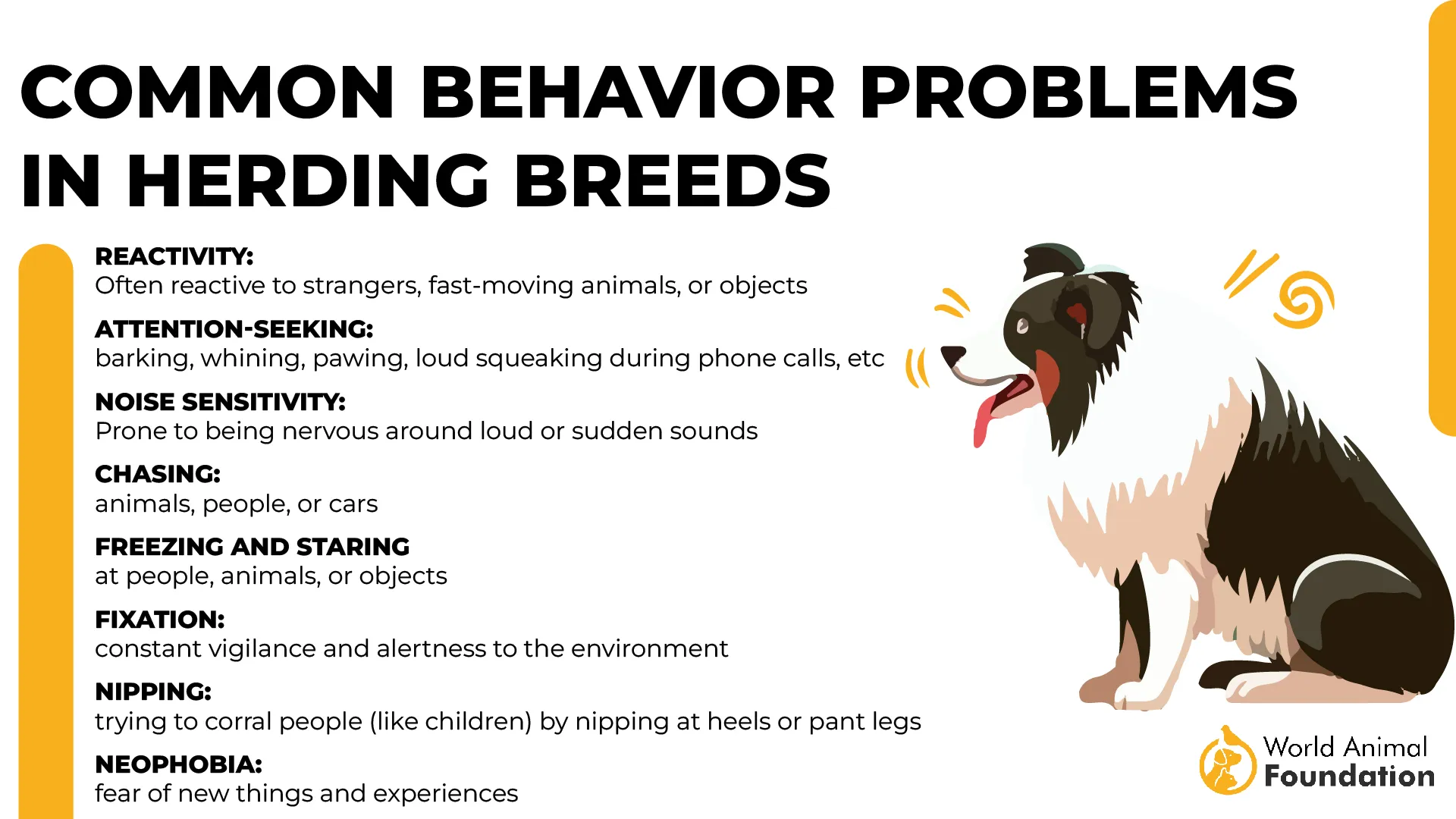
Their coat comes in both rough and smooth varieties, usually black and white but sometimes with shades of red, blue, or sable. Both coat types shed steadily, with seasonal bursts, and brushing keeps the tangles down.
As per PetMD, Border Collies are famously easy to teach, but they demand engagement. When their minds are busy with training and tasks, they thrive; when they’re not, they create their own routines.
Fun Fact
A single Border Collie once learned over 1,000 words, proving how deeply they absorb cues from the world around them.
2. Jack Russell Terrier
Jack Russell Terriers were created in England for fox hunting, designed to be fearless in the field and loud enough to flush prey. That boldness hasn’t faded over generations, and it surfaces the moment someone strange steps up to a porch. Their bark is immediate and fierce for a dog of their size.
The breed’s frame is compact but athletic, built to leap, tunnel, and run. They spring into action at the sound of an engine outside, covering ground inside the house like a dart. Confidence fuels their voice, and they don’t hesitate to use it.
Their coats can be smooth, broken, or rough, all of them shedding lightly through the seasons. Grooming is simple enough, but keeping them exercised and challenged is the real work. That restless energy often explodes the moment they sense something worth alerting them about.
Training sticks when it’s consistent and creative. Jack Russells are clever enough to learn quickly, stubborn enough to ignore lessons if bored. Without outlets for their smarts, they become self‑appointed watchdogs who narrate every delivery.
Small in size, huge in personality, they turn any doorstep encounter into an announcement you’ll hear across the house.
Fun Fact
Jack Russells can leap up to five feet in the air—enough to see over a fence and bark at whoever’s on the other side.
3. Beagle
Beagles were bred centuries ago to trail rabbits and game, following scent across the English countryside. That nose now detects the trace of every stranger before they even reach the front walk. Barking is part of their nature—it’s how they’ve always reported what they find.
Their voices are varied: sharp barks, drawn‑out howls, and the famous “bay.” These sounds blend when an unfamiliar person steps into their space. The mix is loud and constant until they’re satisfied they’ve made their point.
The Beagle’s coat is short and dense, easy to keep clean with a quick brushing. Shedding is steady but manageable, leaving more time for long walks that help burn off their energy. That exercise keeps them focused, but their alertness never fully switches off.
Training takes patience, because their nose rules their brain. Once they catch a scent, commands can fade into the background, replaced by instinct. Delivery people trigger more than a bark—they trigger a Beagle’s urge to “report.”
Their alertness is a feature, not a quirk, and it fills every corner of the house when a stranger shows up.
Fun Fact
A Beagle’s nose is so sensitive that it’s been used at airports to sniff out contraband and agricultural items.
4. Smooth Fox Terrier
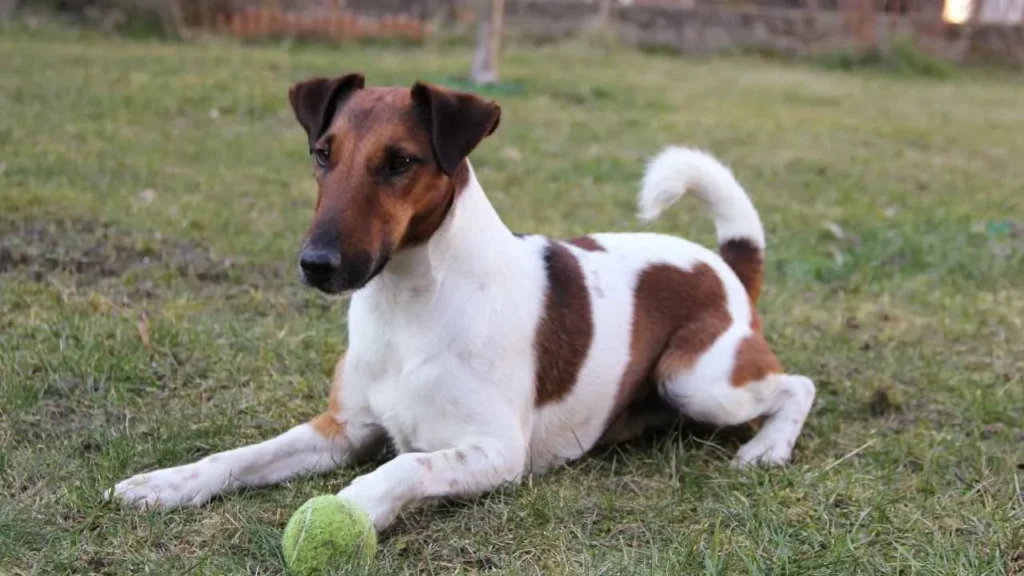
The Smooth Fox Terrier’s roots run deep into England’s hunting fields, where it was bred to flush foxes from burrows. That job required a sharp eye, quick reflexes, and a voice that carried. Those same qualities now fire up when a delivery truck crunches into a driveway.
They’re compact but built like springs, every muscle ready to jump or dash. They don’t wait for a knock—they react to footsteps, movement, or even a hint of an unfamiliar silhouette.
Their smooth, flat coats are easy to keep tidy, needing little more than occasional brushing. But their energy is anything but low‑maintenance, and when it has nowhere to go, it pours into barking.
According to the AKC, they’re smart, often a step ahead of their people, and they like to test rules. Handlers who give them clear, consistent training find they thrive, though they’ll always keep one ear tuned to the outside world.
Delivery people rarely pass unnoticed, because nothing unusual escapes their gaze—or their voice.
Fun Fact
The Smooth Fox Terrier was one of the very first breeds officially recognized by the British Kennel Club back in the 1800s.
5. Chihuahua
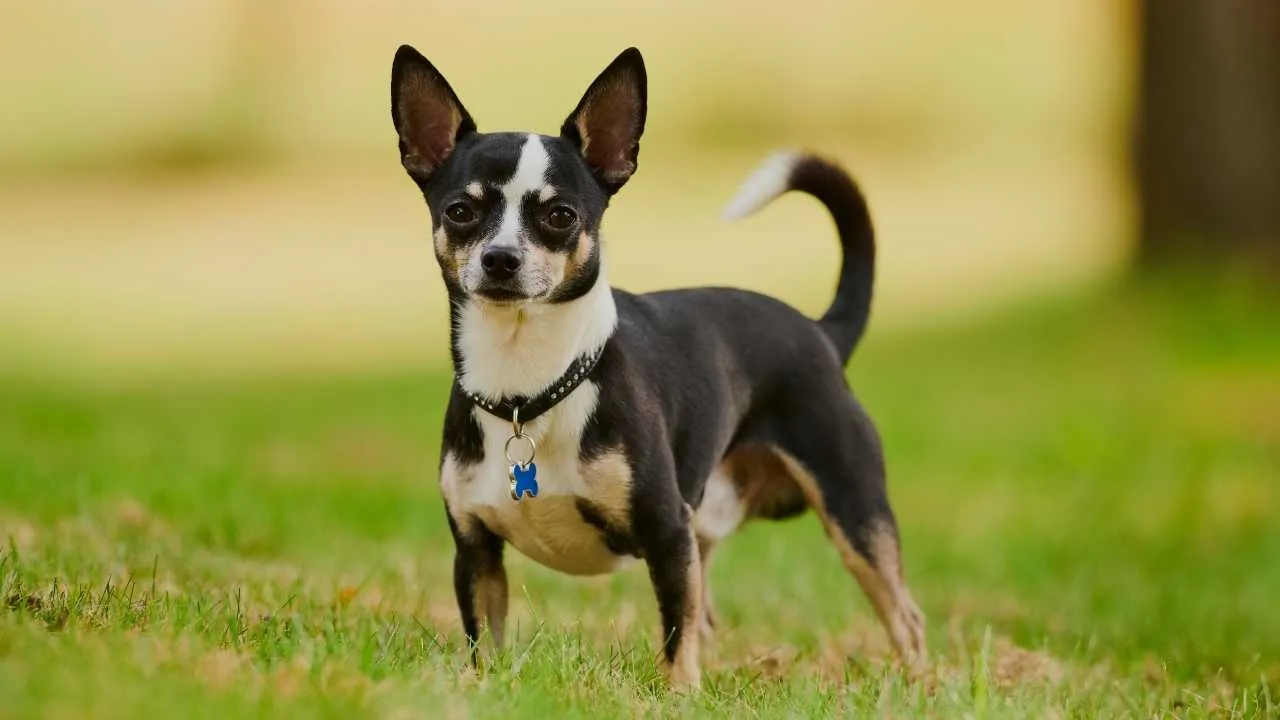
The Chihuahua’s roots stretch back to ancient Mexico, where it was a companion in homes and temples. That closeness to people shaped a dog that notices everything and comments on it. When a stranger steps onto the porch, its bark rings out before the doorbell ever chimes.
Small but sharp, they patrol their homes from couches and windowsills, reacting to the smallest movement outside. A sliding van door or footsteps on the walkway become an event they cannot ignore.
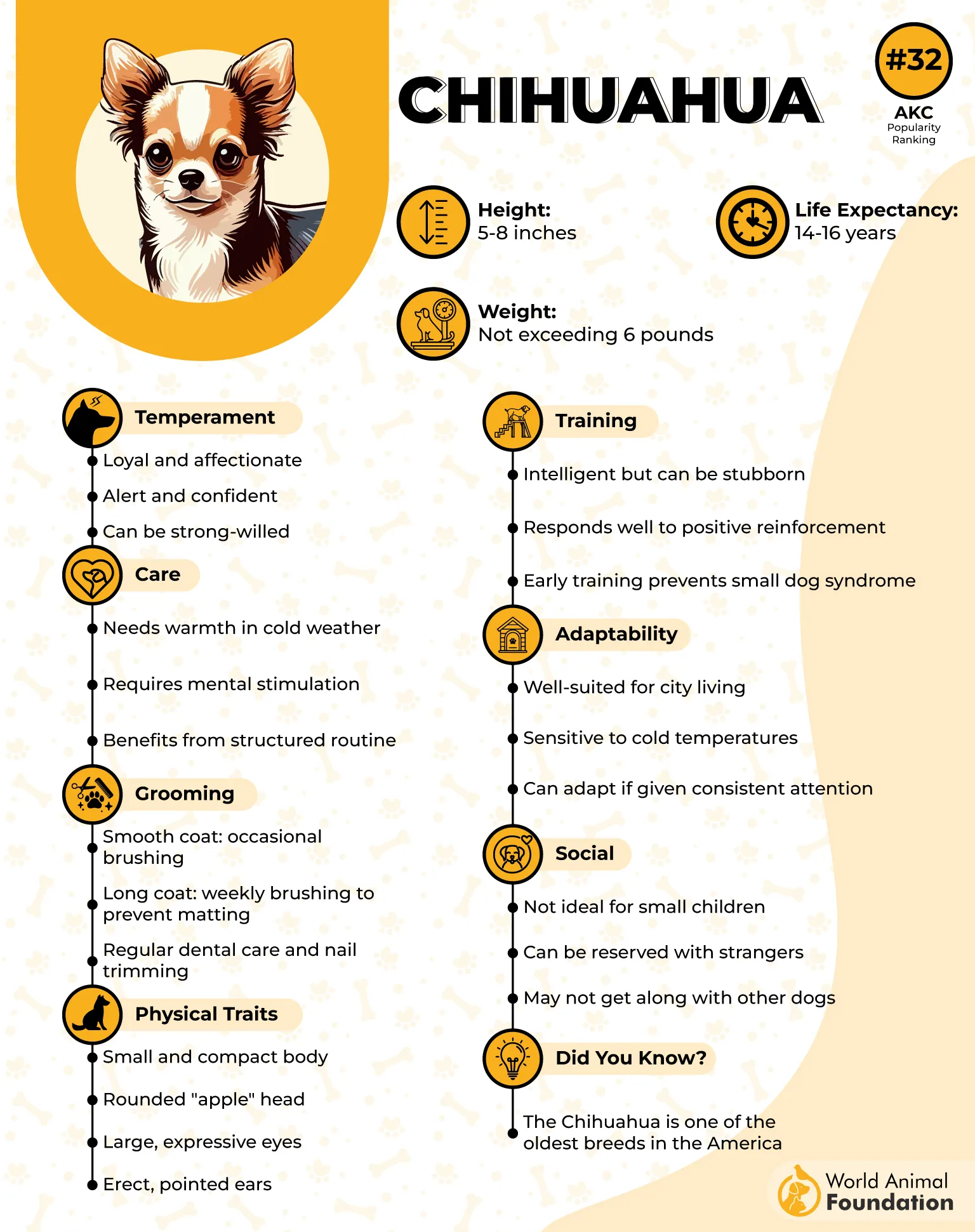
Their coats can be smooth or longhaired, both easy to manage with light brushing. Grooming them is simple; stopping their sudden alerts is not. Their voice is high and fast, carrying farther than their tiny frame suggests.
Chihuahuas are clever, but they like to be in charge. Training them takes patience and repetition, or they’ll decide who belongs on their doorstep all by themselves.
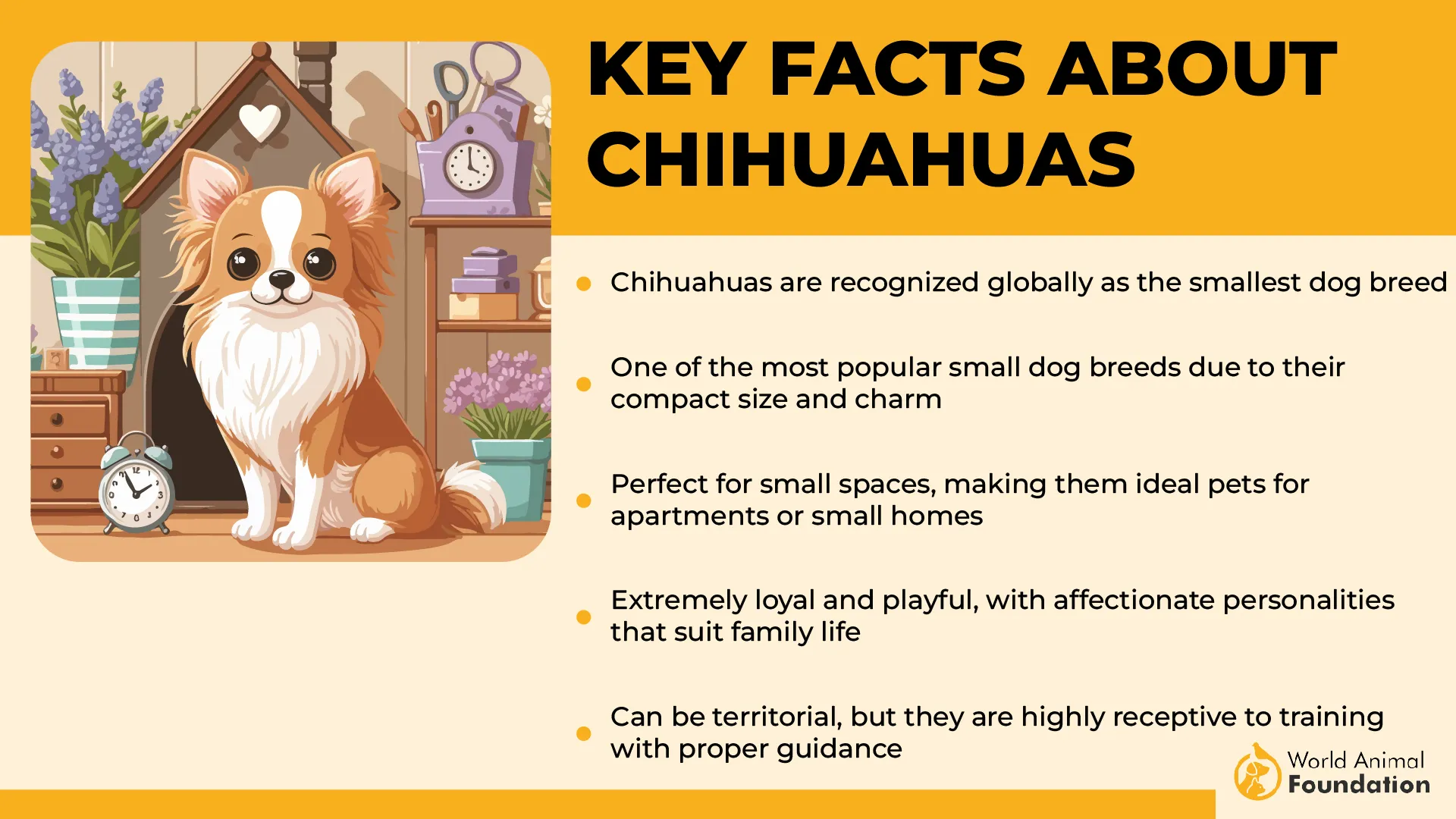
Fun Fact
Chihuahuas’ brains are the largest in proportion to body size of any dog breed.
6. Miniature Schnauzer
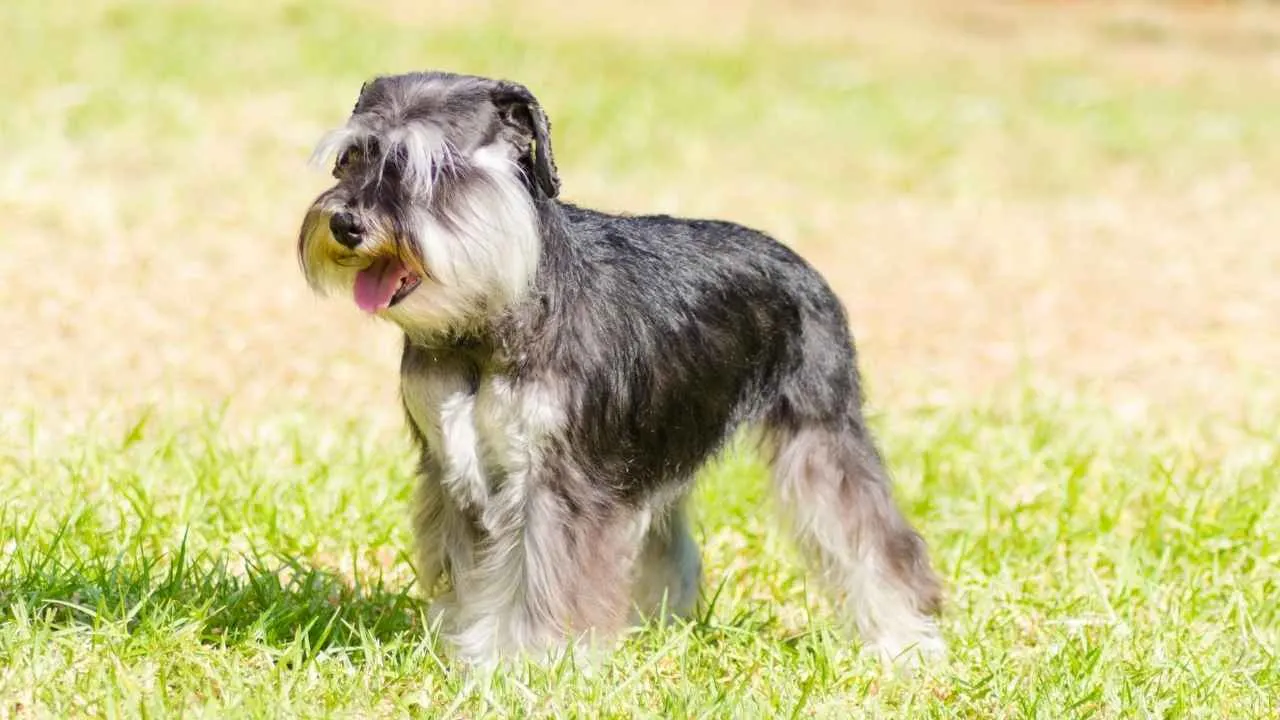
Miniature Schnauzers began as farm dogs in Germany, bred to keep rats away from grain stores and watch over the yard. That heritage left them alert to anything unfamiliar. A delivery person walking up the drive is exactly the kind of thing they were made to notice.
They have wiry coats that form the famous Schnauzer beard and eyebrows, giving them a sharp, expressive look. Regular grooming and trimming keep them tidy, but that tidy appearance hides a bold, booming bark.
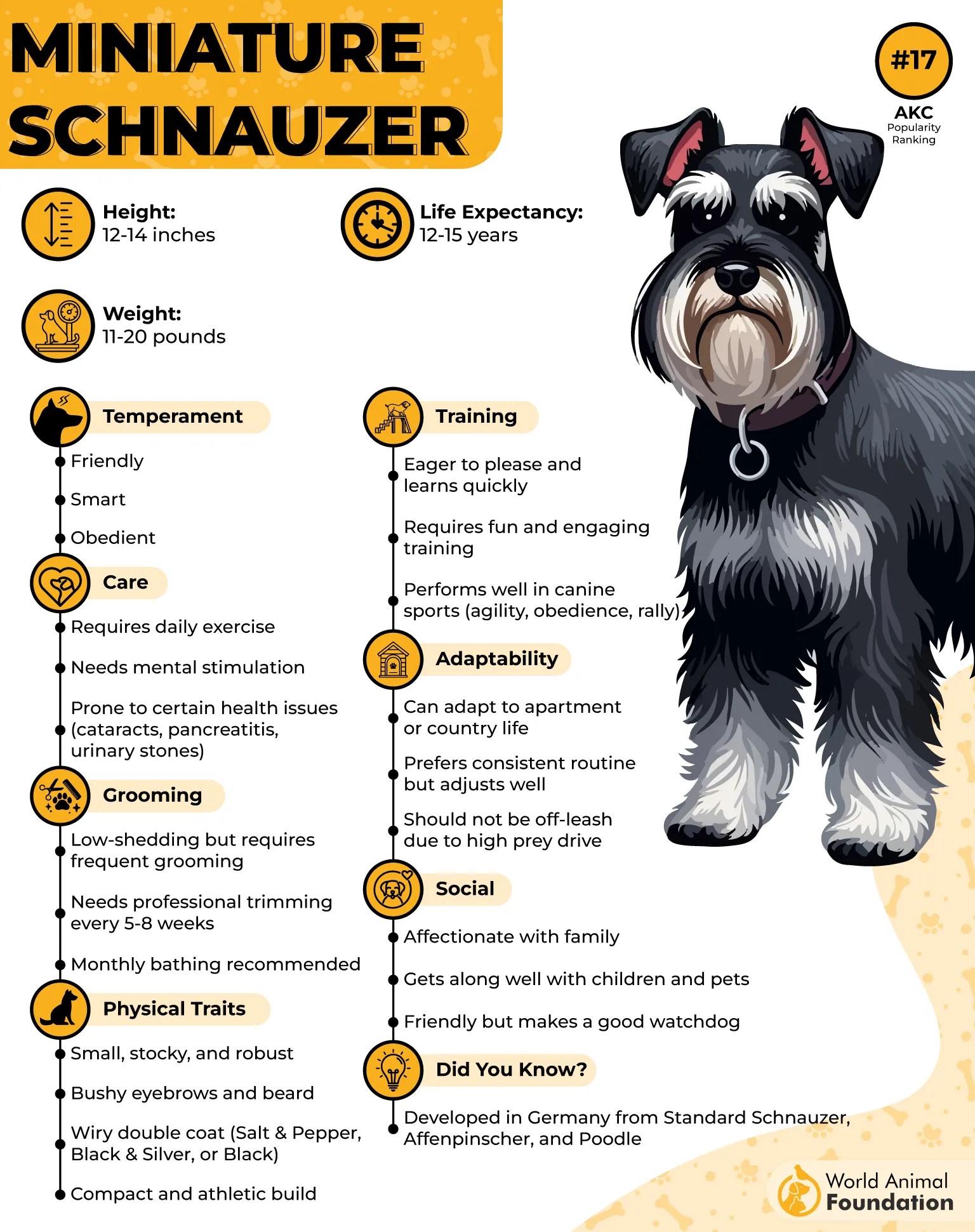
Medium‑small but stocky, they move quickly and hold their ground. They’ll race to the door and plant themselves there, barking until the situation is explained to their satisfaction.
Schnauzers are smart and trainable, but they have strong opinions. Structure is key, or they’ll invent their own “rules,” including which noises outside require a loud response.
Fun Fact
Miniature Schnauzers were created by crossing Standard Schnauzers with smaller breeds like Poodles and Affenpinschers to create a compact farm watchdog.
7. Dachshund
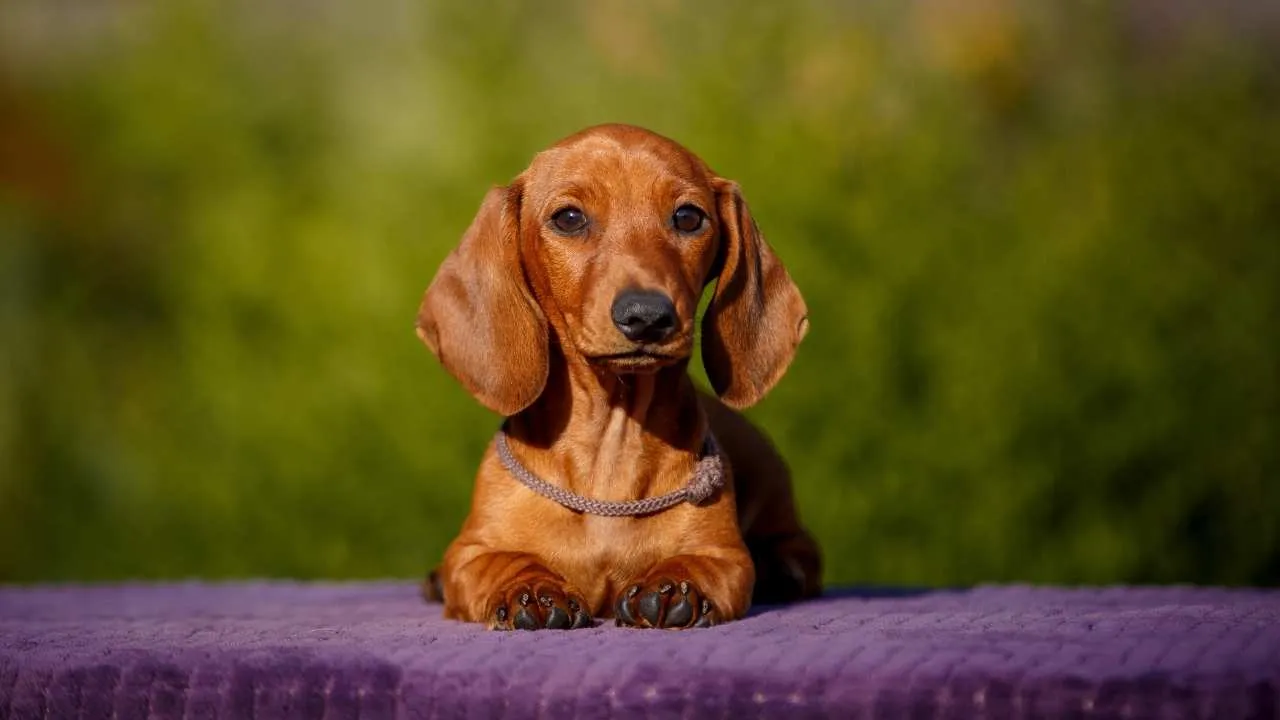
Dachshunds were bred in Germany to dig into tunnels after badgers, a job that demanded bravery and a sharp bark. That instinct to announce and persist hasn’t faded. They now turn that same voice on anyone who steps too close to their home.
They come in smooth, wirehaired, and longhaired coats, each with different grooming needs. The wirehaired variety needs more brushing, while the smooth is nearly wash‑and‑wear. Whatever the coat, the bark is deep for a dog with such short legs.

Stubborn and lively, Dachshunds see themselves as protectors. They may be small, but they’ll bark like guardians twice their size when an unfamiliar person appears.
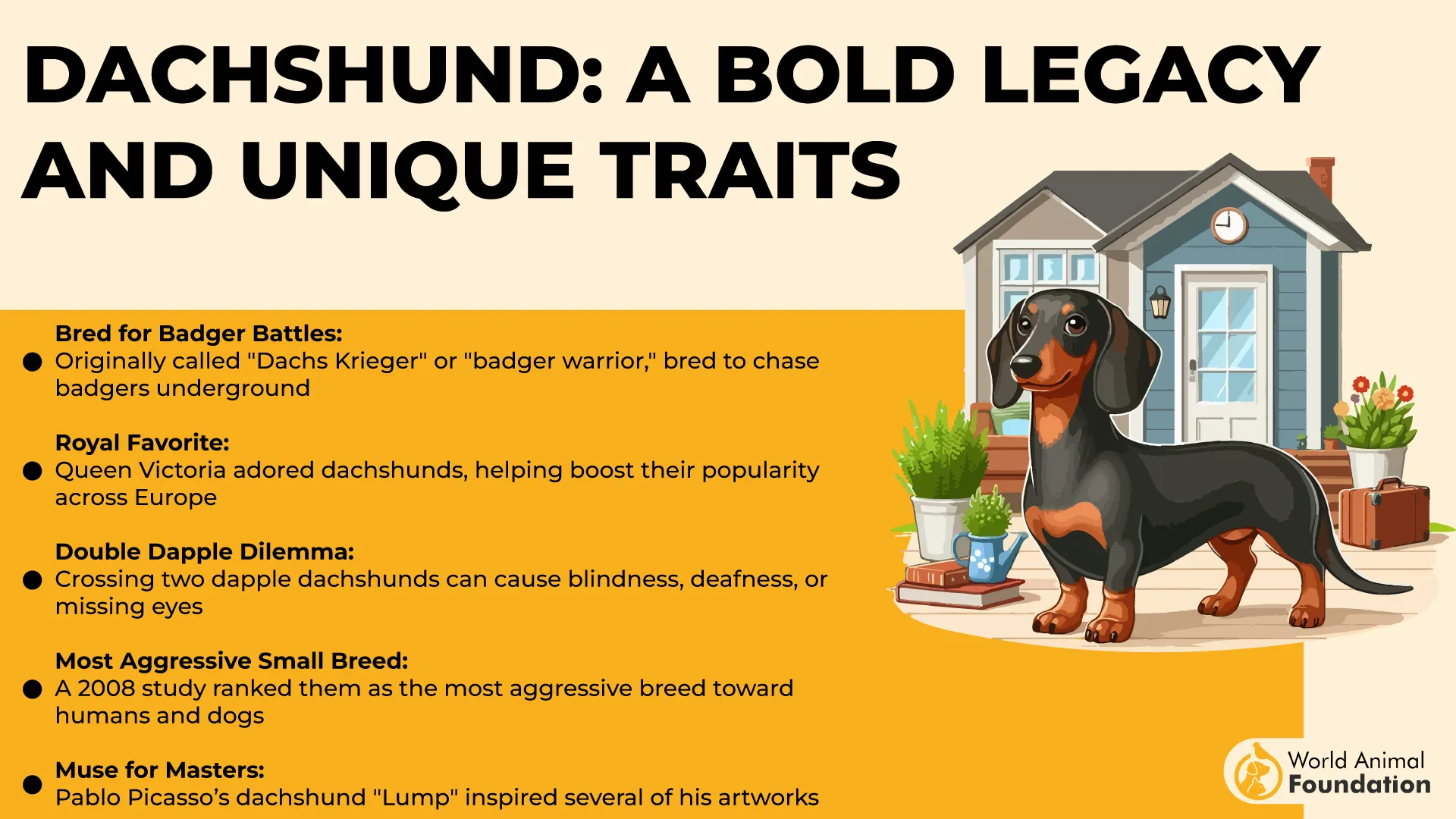
Dachshund Station explains that they do best with calm, consistent training. Harsh methods backfire; humor and patience work better. Their watchdog streak is strong, and they’re quick to practice it.
Fun Fact
The name “Dachshund” literally means “badger dog” in German, a nod to their original hunting purpose.
8. Bloodhound
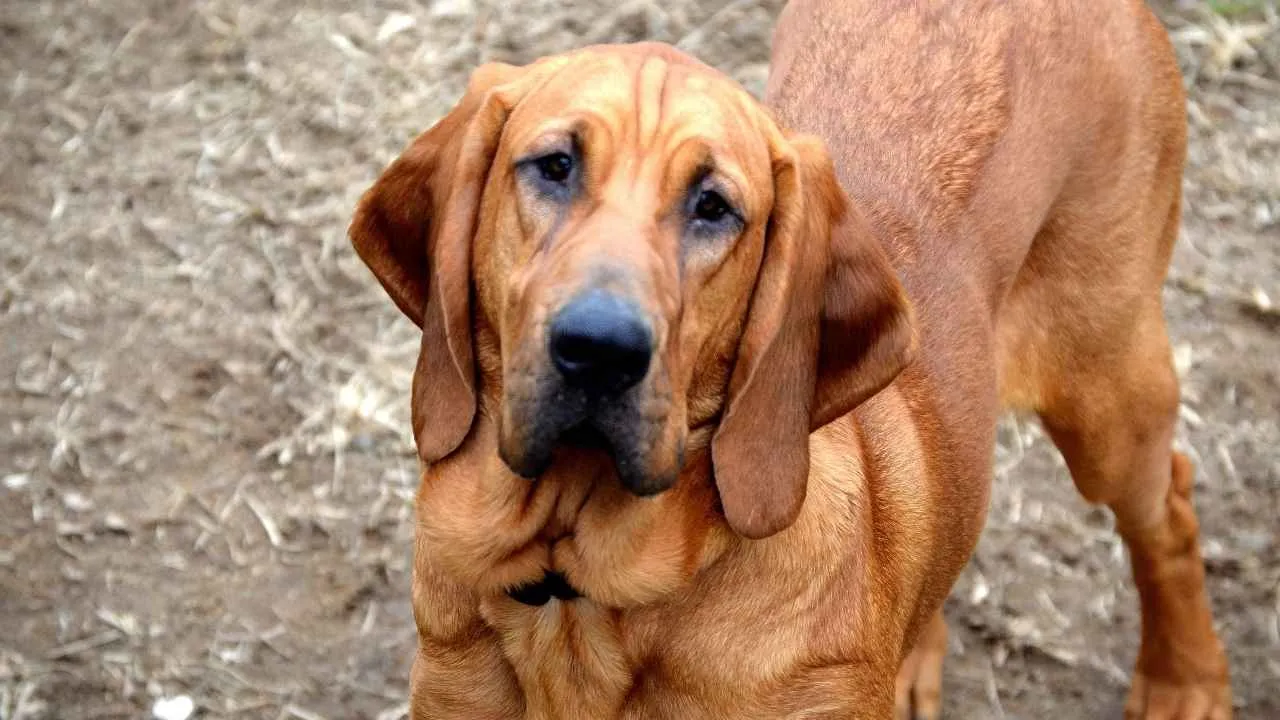
The Bloodhound has centuries of history in Europe, bred by monks and hunters for scent tracking. That same nose that follows trails for miles also picks up every hint of an unfamiliar person on the property. Their voice, long and resonant, follows close behind.
Large and heavy‑boned, they carry themselves with a slow confidence—until they decide there’s something worth alerting. Then the barking starts, deep and powerful, enough to shake windows.
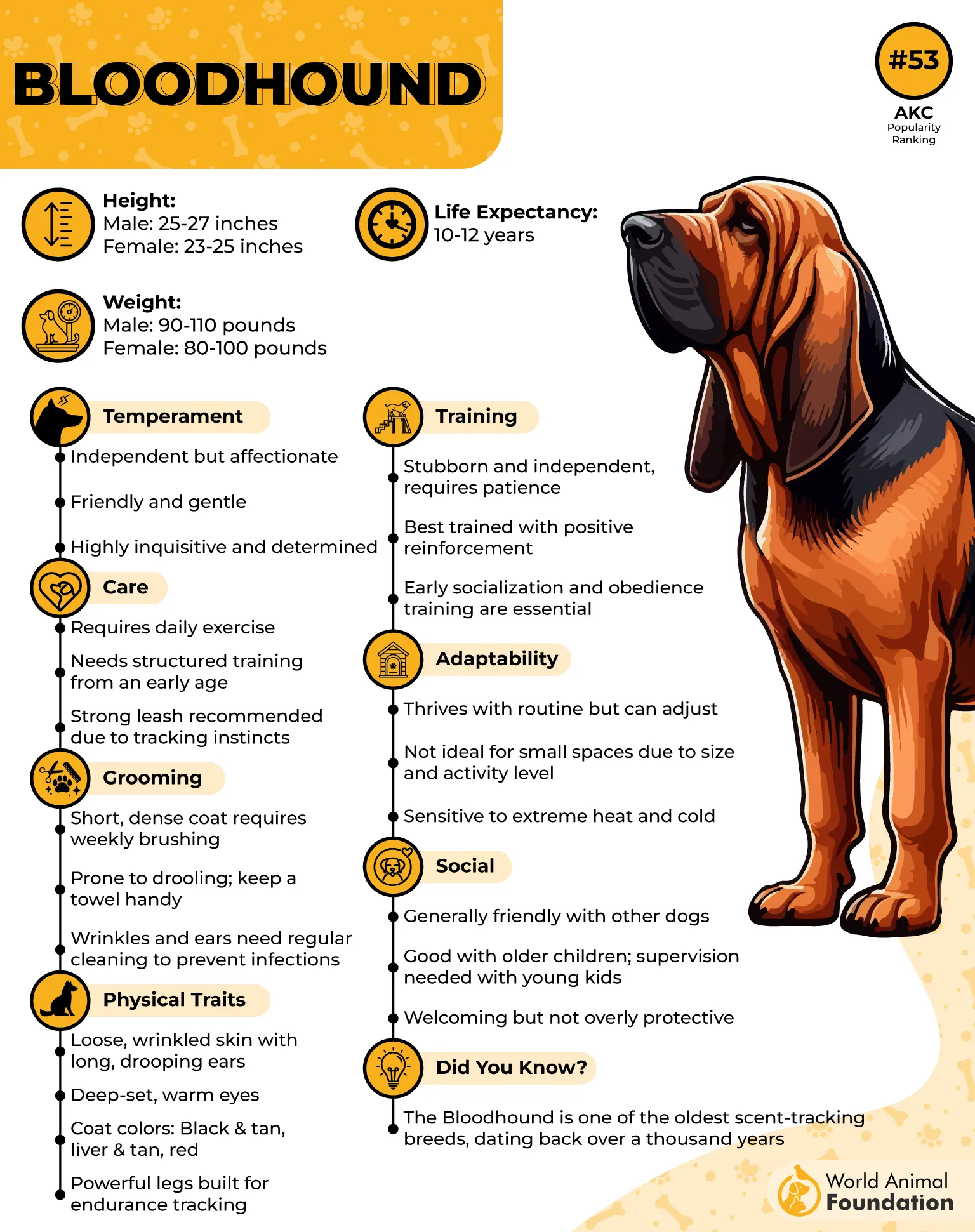
Their coats are short and easy to manage, but their long ears and wrinkles need special attention to stay clean. Maintenance aside, they are built for working, and their senses never switch off.
Training them is possible, but their scent drive often overrides commands. If they smell something new at the door, their instincts to “announce” can drown out everything else.
Fun Fact
A Bloodhound’s scenting ability is so accurate that evidence from their tracking has been used in court for over a hundred years.
9. Siberian Husky
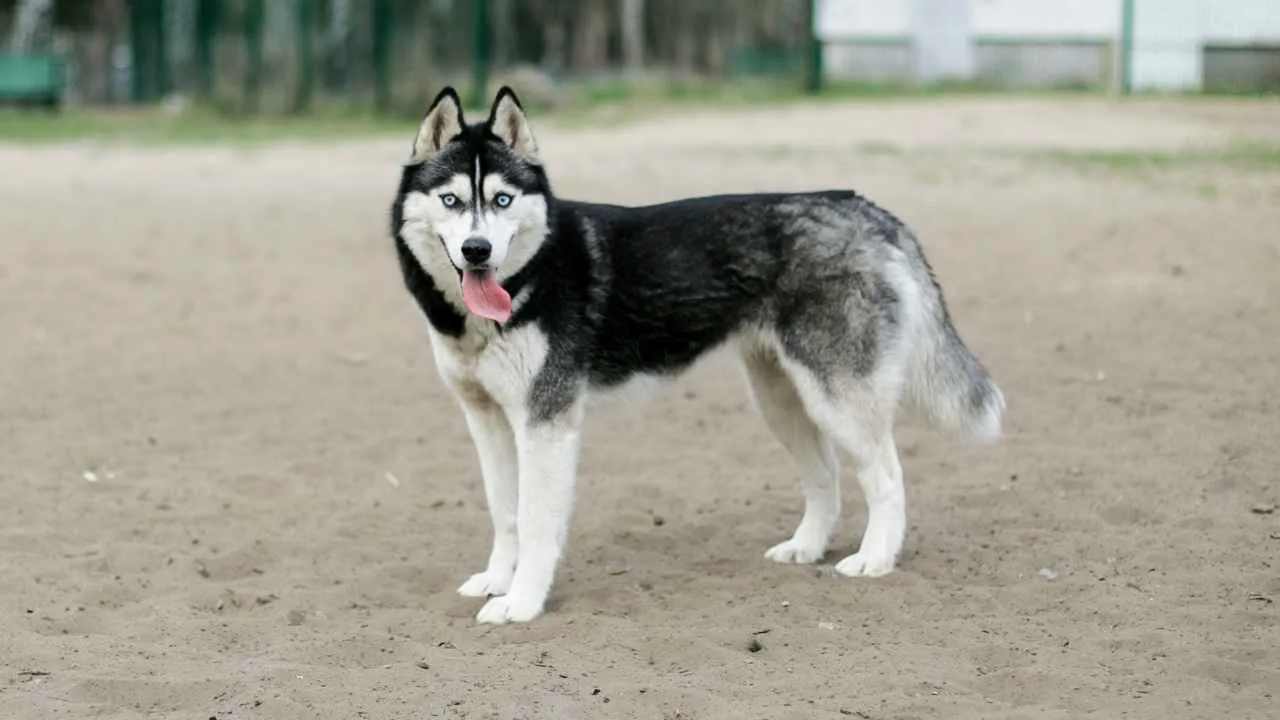
Siberian Huskies were developed by the Chukchi people of Siberia to pull sleds across frozen ground. They are energetic, vocal, and expressive, and their reaction to strangers reflects those traits. A knock on the door or a figure at the gate gets a response—often one that’s hard to miss.
Their thick double coat was made for brutal winters, shedding heavily in spring and fall. Grooming them during those shedding seasons is a project, but the coat isn’t the noisy part of the dog—their voice is.
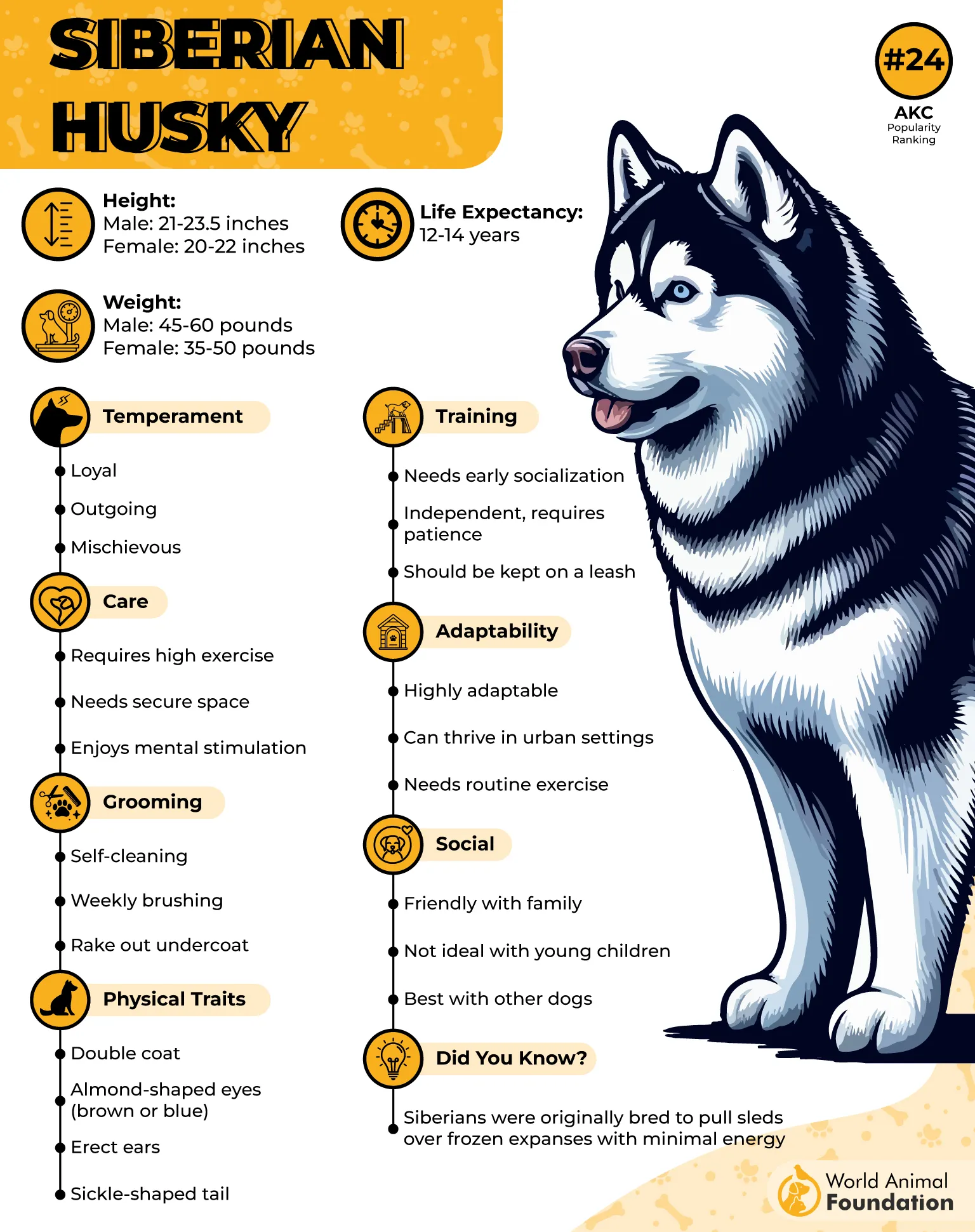
Huskies are known for howling, whining, and “talking” almost as much as barking. When a delivery person shows up, the noise might be a mix of all three, echoing through the house.
They’re intelligent and independent, and they like to test boundaries. Training works best with consistency and patience, or they’ll make their own choices about when to sound the alarm.
Fun Fact
Huskies have been known to mimic human tones in their “talking,” which means they might “speak” at the delivery driver as well as bark.
Conclusion
Dogs bark for many reasons, and in these breeds, the sound comes with purpose. A knock, a shadow moving past the gate, or someone standing at the door stirs a guarding instinct that has been part of their behavior for generations. Most dogs announce new faces, but these breeds take the role seriously, blending excitement with the urge to protect.
Some start at a young age, barking out of pure wanting attention before learning that their voice has weight. Over time, that habit turns into a pattern—an alert bark when they see other animals, people walking past, or a stranger with a package. For a dog owner, that sound can mean safety, annoyance, or both.
Positive reinforcement, socialization, and gradually exposing them to new faces help shape a dog’s behavior and their reactions. A treat or quiet reward teaches them what “sit” or “quiet” really means, making the process clearer.
A professional dog trainer can help when excessive barking takes over, but daily effort matters most. Owners who engage with their dogs, offer food as a reward, and create calm moments turn guarding into something balanced.


